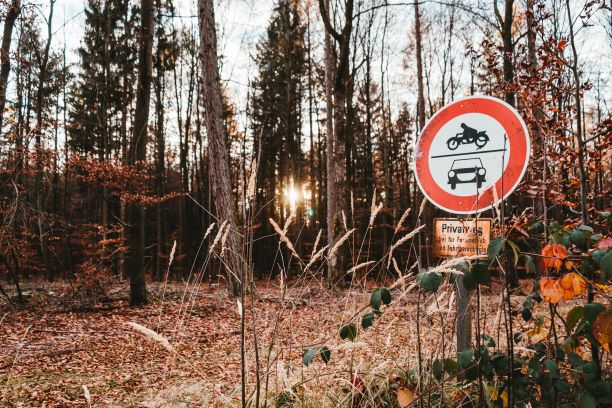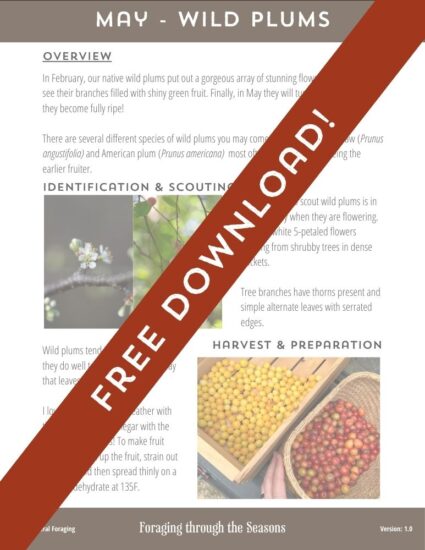The Difficulty of Foraging Regulations
Foraging laws range from confusing to elusive, and many people have been burned with a fine as a result of it. I’ve compiled a few of the ways that you can find out the rules and regulations of foraging around the public land areas in North Alabama depending on the type of land it is.
One of the things that I find most interesting about all the rules and regulations aggregated over this page is that there is virtually zero mention of rules regarding fungi. Now, whether that means you can do whatever you’d like when it comes to foraging fungi on public lands is probably up for debate, but I’d like to see public land managers making a bigger effort to address fungi. Especially given that foraging for them has little to no impact on their population health.
Sources:
- Mushroom picking does not impair future harvests – results of a long-term study in Switzerland
- Agaricidal Tendencies: settling the debate over cutting vs. picking, and the sustainability of wild mushroom collecting
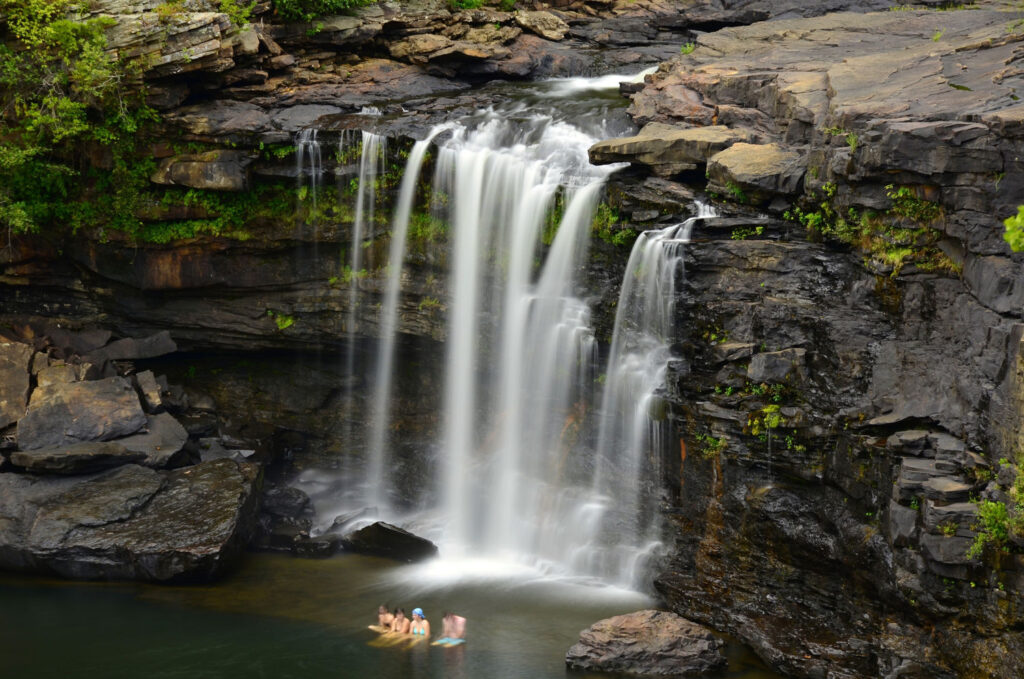
National Preserves (and Parks) - Little River Canyon
Little River Canyon is a National Preserve. The difference between a National Preserve and National Park isn’t significantly important in terms of rules for foraging, but what is important is National Preserves are under the regulation of the National Parks Service (NPS) within the US Department of the Interior.
The method of determining the rules of land governed by the NPS will be the same. What we need to find is the Superintendent’s Compendium , specifically the section “Preservation of Natural, Cultural, and Archeological Resources”. If you don’t know where to look, finding this document can be difficult.
From the Little River Canyon Page, go to the “Learn About the Park” dropdown and then the “Management” dropdown. Click on “Laws & Policies”. Scroll down and you’ll find screen shots of the Superintendent’s Compendium. Find the page that contains 36 CFR 2.1, Preservation of Natural, Cultural, and Archeological Resources. It will look like this:
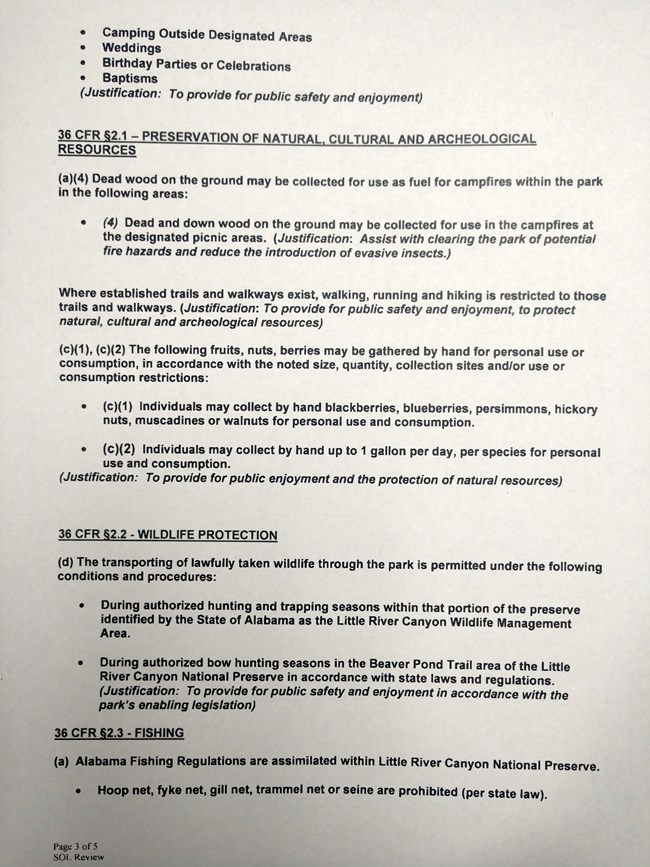
Little River Canyon Foraging Rules:
- What – Blackberries, blueberries, persimmons, hickory nuts, muscadines, walnuts
- How – By hand
- How much – 1 gallon per day, per species
- Use – Personal
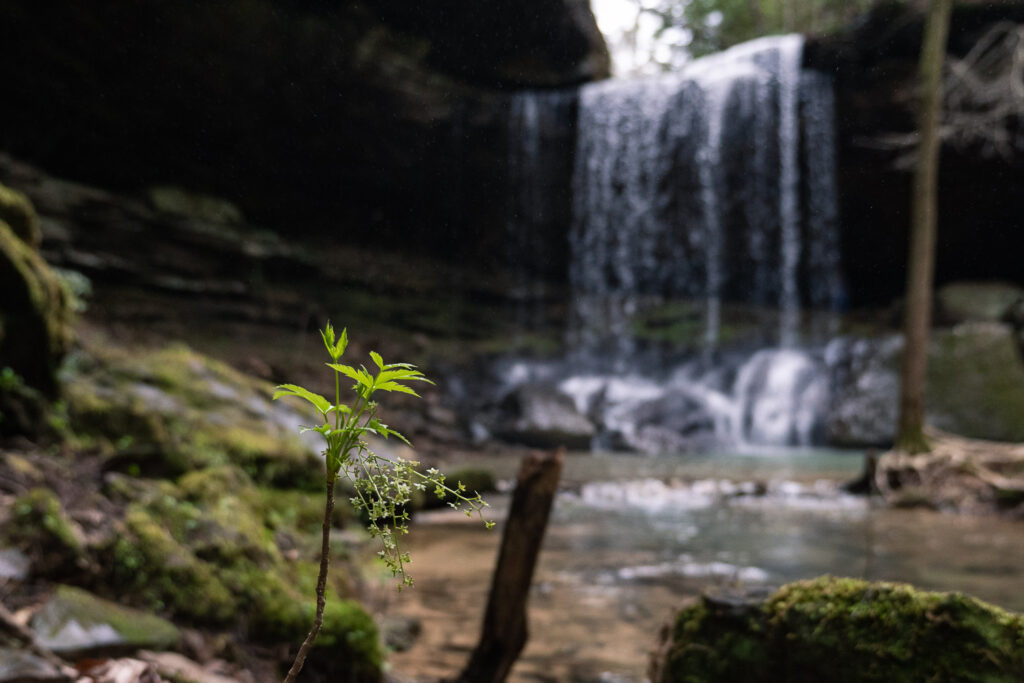
National Forests - Bankhead National Forest
Bankhead National Forest is a huge and beautiful piece of public land that I love to visit. There is a very important distinction between National Forests and National Parks, N. Forest is governed by the US Department of Agriculture (USDA) not the Department of the Interior. This means that our previous method of finding foraging rules for National Parks will not work.
(For more information on the distinction between all types of public lands, be sure to check out this article, America’s Public Lands Explained)
For National Forests, we are going to need a permit to forage for “forest products”. These permits must be purchased in person from a Forest Service office. Sometimes, if resources are abundant, foraging may occur for personal use only (though I don’t see anything that clearly states what “abundant” means exactly). Availability and what is allow to be foraging varies by location so you must check in with the office that oversees the N. Forest that you are foraging from.
Permit prices are $20 minimum and must be renewed annually. They do allow for commercial use of Forest Products and so far, it’s the only one I have found that does. Note that some species, such as American Ginseng (Panax qinqefolius), are completed banned from harvest (and for good reason).
As with permits for plants, permits for mushrooms follow the same variability. A friend of mine called Bankhead and asked specifically about mushrooms. They told him that they weren’t issuing permits for recreational mushroom hunting so, “have fun and be safe!”. Keep in mind, that was for the supervisors for that Forest Service office at that time. I would always recommend that you also call your local Forest Service office to check in with them on their current regulations and what they are or are not issuing permits for.
Bankhead National Forest Rules:
- What – Varies, Depends on the permit
- Use – Personal and Commercial if permit has been acquired
Important Links:

National Wildlife Refuge - Wheeler
I’ve been to the Joe Wheeler Wildlife Refuge on several occasions. Wheeler is not a Park or a Forest, it is a Wildlife Refuge and, you guessed it, it’s governed by yet another government agency, the US Fish and Wildlife Service (FWS). Like cases we’ve seen before, foraging regulations vary on a refuge by refuge basis.
Under the “Visit” tab you’ll find a section called “Rules and Regulations” (hey that’s the title of this article!). Under the “Prohibited” section, you’ll find that in general on wildlife refuge, it is not allowed to forage (although their wording almost makes it sound like you could forage as long as you’re hunting while you do it… I digress). However, if we scroll down a bit further to “Refuge Specific Rules”, we’ll find that Wheeler does allow for the collection of berries, fruit, and nuts for personal use.
Other National Wildlife Refuges, such as Minnesota Valley, explicitly list foraging in their visitor activities area even including mushrooms! (Which I of course love to see)
Wheeler National Wildlife Refuge Rules:
- What – Berries, fruit, nuts
- Use – Personal
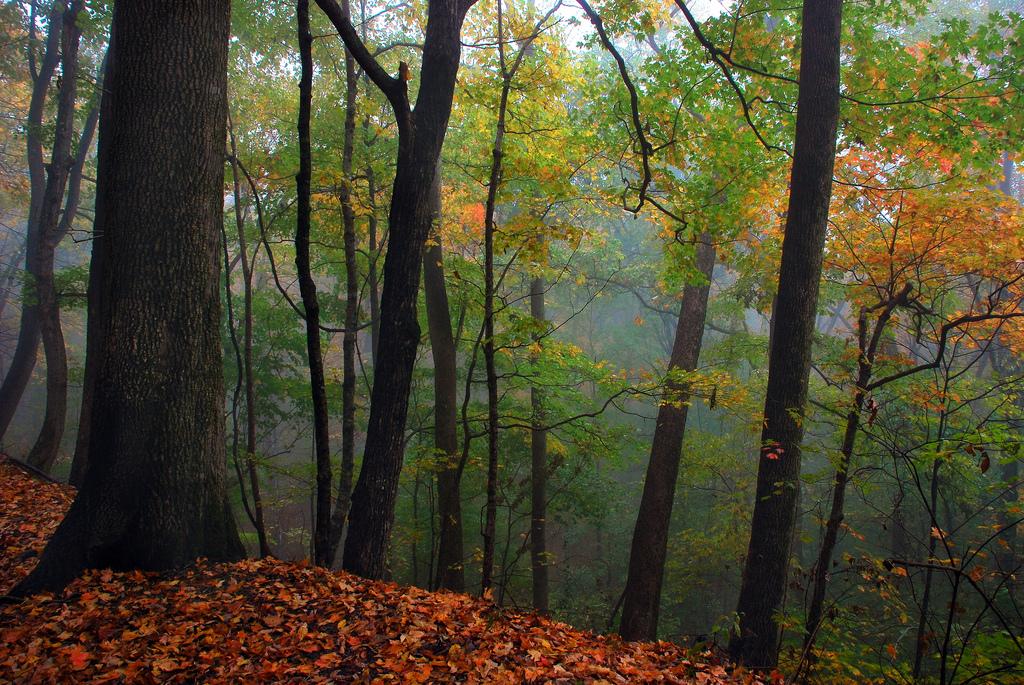
State Parks - Monte Sano
Monte Sano is part of the Alabama State Parks division and is governed by their rules. From the “About Alabama State Parks” page you will find a link to download the state parks’ rules and regulations. The document had a very “legal” tone to it and in the whole thing there is only one line mentioning plants at all.
Under the “conduct” section – “It shall be unlawful for any person to destroy, deface or remove any native wild or domesticated tree, shrub, plant or wildflower in any State Park.”
I called the state park to get further clarification for the park manager. The current rule, which I believe applies to all Alabama State Parks is no foraging in any form, whether that be plants, mushrooms, or fruit.
Monte Sano State Park Rules:
- What – Not Allowed
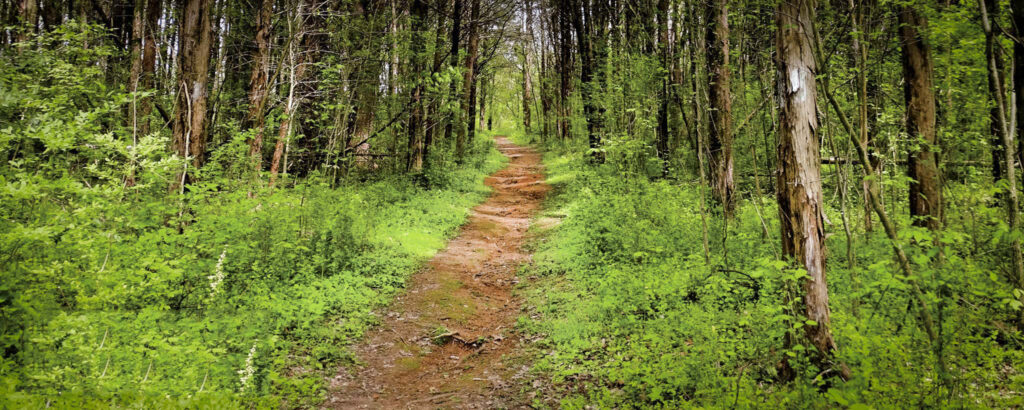
Tennessee Valley Authority Land (TVA)
The Tennessee Valley Authority is primarily a government-owned utility company providing power to over 10 million people in Tennessee and the surrounding area. They also own and manage over 293,000 acres of land, much of which is wild and ripe for foraging!
I was pleasantly surprised to see very foraging-positive regulations by TVA. Here is what their website states:
TVA has no objection to the collection of non-poisonous mushrooms, berries, fruits, and nuts for personal, non-commercial use. TVA does not require a permit for the collection of these resources. Ground disturbance or removal of the entire plant (except mushrooms) associated with this activity is prohibited. – From this TVA website page
Thank you to the TVA for having forager-friendly rules, allowing the greater public to build a closer relationship with nature! I would love to see other institutions adopting a similar strategy.
TVA Rules:
- What – non-poisonous mushrooms, berries, fruits, and nuts (whole plants may NOT be removed)
- Use – Personal
Links: Rules for Use of TVA Public Lands
(Thank you to the person who tipped me off to the possibility of foraging on TVA land!)
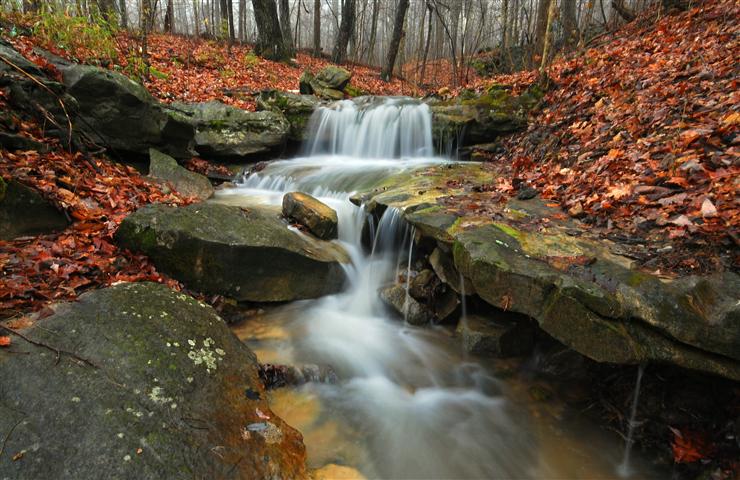
Land Trusts - Land Trust of North Alabama
Having grown up in Huntsville, I’ve definitely spent more time on land under the Land Trust of North Alabama than any other place in my life! I am a member and I highly encourage you to become one too! It comprises some of my favorite places to be outside. Their trail rules are clearly posted at trailheads. Finding the information online is a little difficult, but once you do the rules are clear.
From the main page of their website, go to “Menu” and select “Nature Preserves”. From that page, scroll down just a bit and you’ll find the “Trail Rules and Tips” page. Here we can find some information that will help us. Under rules it is stated to not remove any plants from the property, but to instead share it with them on social media or iNaturalist.
A quick note on iNaturalist – I think it is a great resource and use it often – please know what you are sharing if you’re sharing the location! A poacher could easily see you post the location of an American Ginseng plant and dig it up, so I advice against posting the location of rare plants online.
Back to the rules. we can find the following statement under Hiking Tips – “Observe and enjoy wildlife and plant life but leave them undisturbed. Picking, collecting, or damaging living plants, trees, artifacts, and critters is not allowed on Land Trust property.”
Land Trust of North Alabama Rules:
- What – Not Allowed
- Land Trust of North Alabama Rules
- Become a Member of the Land Trust (support our wild spaces!)

